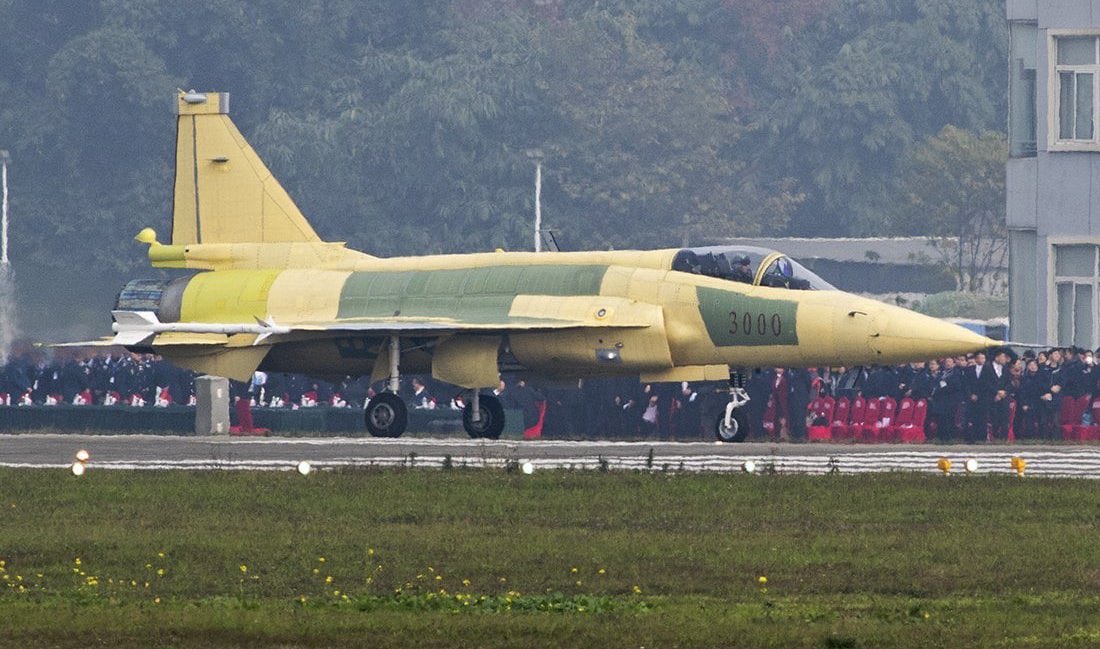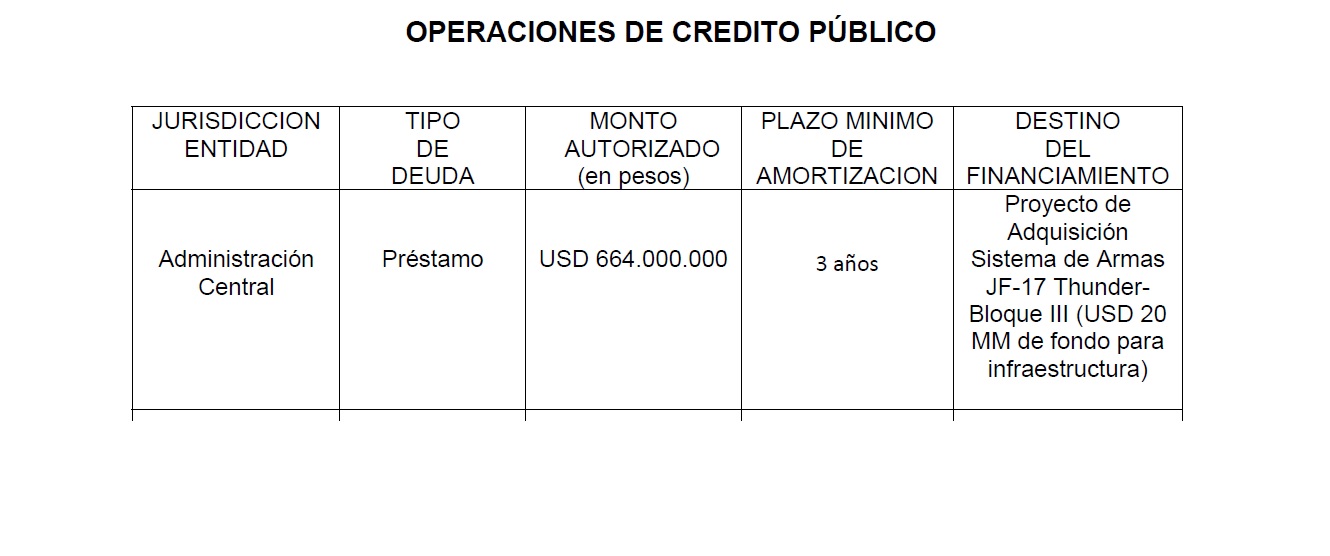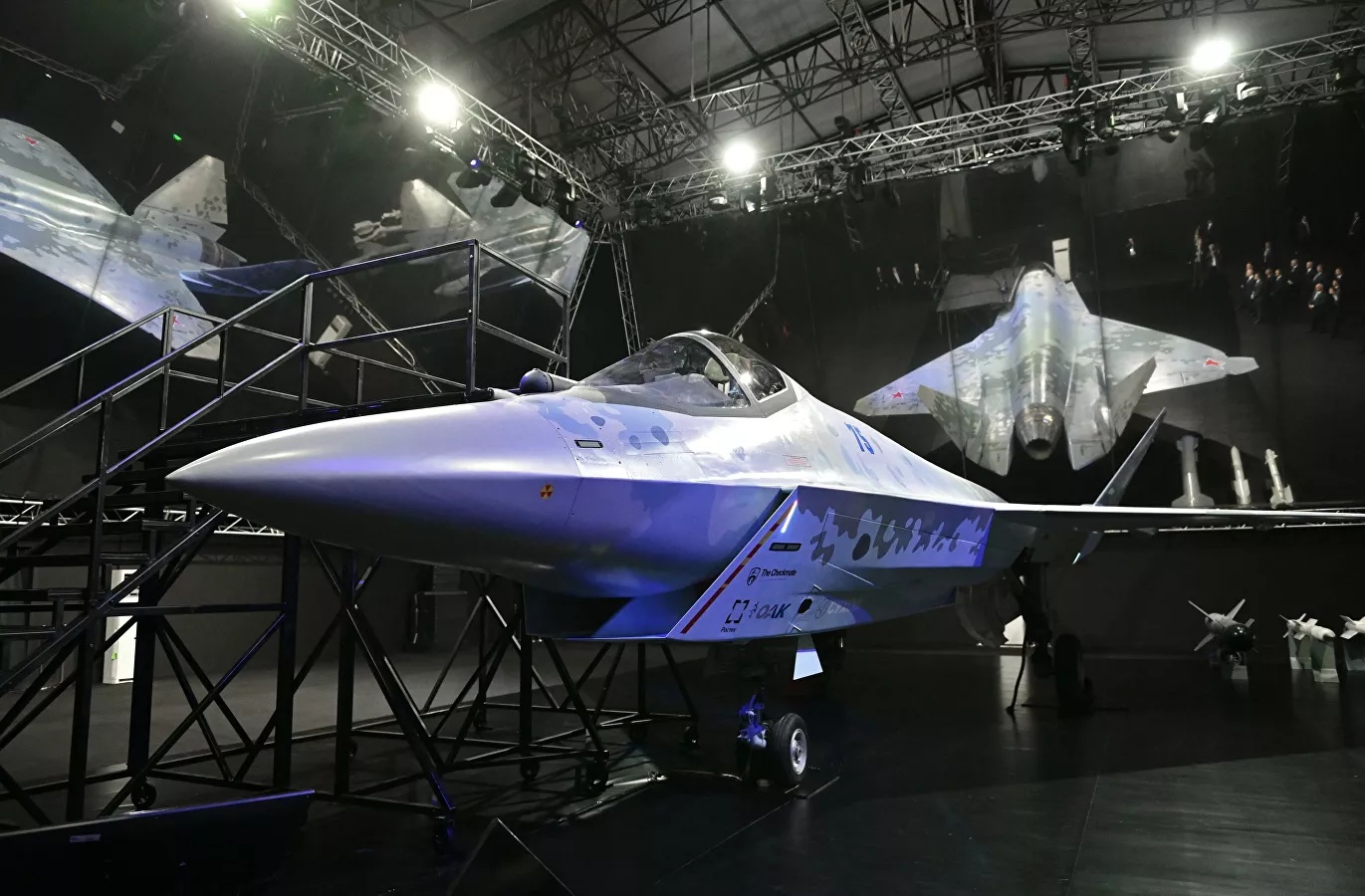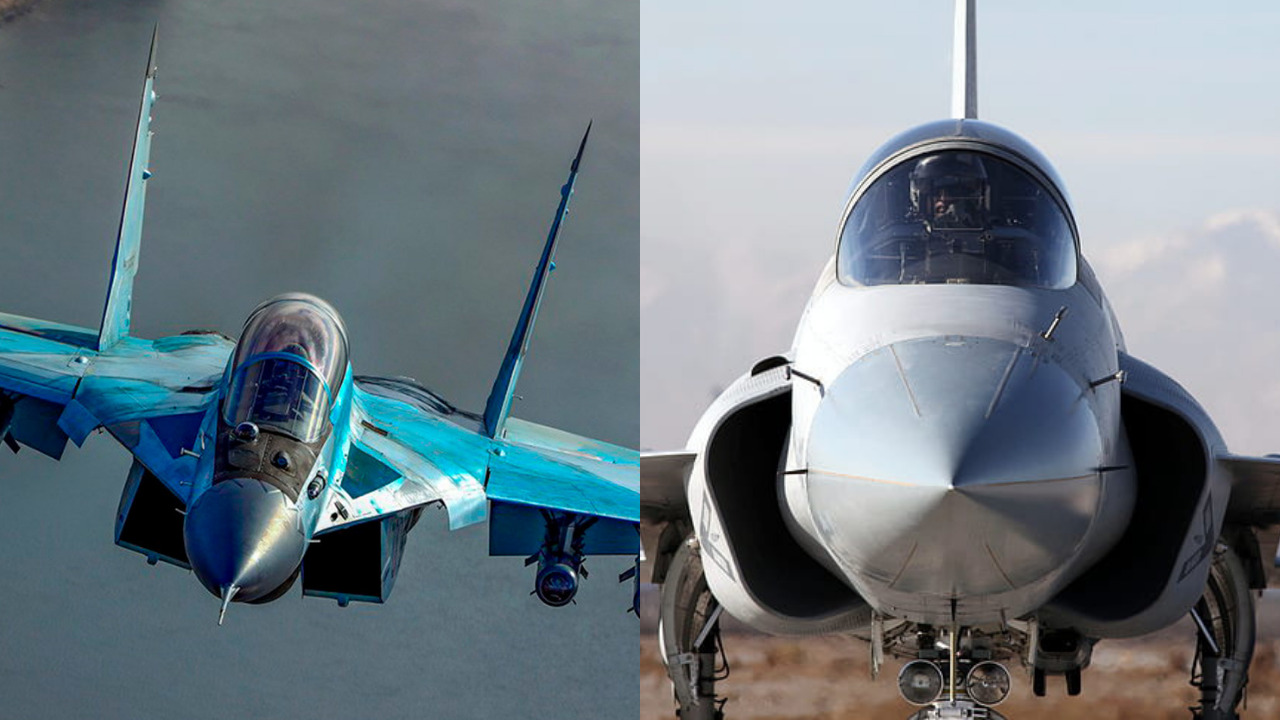[Opinion] Russia’s seductive strategic counteroffer invite to think ahead
The new Argentine Minister of Defense, Jorge Taiana, had a meeting with the Russian Ambassador Dimitri Feoktiskov, in which the MiG-35 fighter was once again offered to the Argentine Air Force (FAA). And although the ambassador assured that the financing conditions offered by his government exceed those of the Chinese offer for the JF-17 Thunder, this was not the most surprising thing; since Russia also offered to train the personnel of the three forces free of charge. This is an extremely generous offer.
Hoy en @MindefArg recibí al Embajador de Rusia, Dmitry Feoktistov, para repasar agenda de trabajo en común vinculada a la cooperación en materia de Defensa, la capacitación para el personal militar y el estado de acuerdos que están en marcha.
????? pic.twitter.com/ELZdJCzPQm— Jorge Taiana (@JorgeTaiana) October 6, 2021
The newspaper Ámbito Financiero was able to learn the generalities of the wide-ranging Russian offer. First of all, the ambassador remarked that his country continues to offer the Yak-130 advanced trainer/light attack aircraft and the MiG-35 for the FAA, under more advantageous financing conditions than those offered by China for its offer of 12 J-17 Thunder Block III. And this in itself is quite remarkable, since according to all reports, one of the best arguments for the Sino/Pakistani option was that of financing.
It is even mentioned that the price of the MiG-35 is around $30 million. Thanks to the slip made in the 2022 budget proposal, we know that the JF-17 Block IIIs were offered at approximately US$ 50 million each, which should include 12 aircraft in operational condition, an initial armament package, training for pilots and technicians, and assured logistics for X number of years. Therefore, the MiG-35 is presented as a more economical option.
But the «devil is in the details». What would a $30 million MiG-35 look like? What equipment does it include? According to various sources, a MiG-35 could be costing up to U$S 70 million, depending on the configuration chosen. Probably a 30 or 40 million MiG-35 will not include an AESA radar and other electronic elements as modern as those of the «top of the range» (5th generation electronic architecture). Do they come with RAM paint to reduce their radar signature? And what about the logistic and armament section? These are not minor data.
In economic terms, the choice should fall on the option that grants the most capabilities according to the budget allocated to the program (which we can assume, with a reasonable degree of certainty, in the order of 664 million dollars) together with the one that presents the lowest life cycle cost and financing.
Thus, the Russian offer speaks the language understood by the Argentine Government, for which economic considerations are a priority, and it gives hope with ideas of renewal to an FAA that has been suffering for decades a slow death due to budgetary starvation.
Long-term organic response
But Russia goes further (and this is the most remarkable aspect of the interview between Ambassador Feoktiskov and Minister Taiana) and it is that, among the military cooperation agreements signed between both nations, specific courses for submariners, aviators, and tank crews, all of them at the expense and cost of the Russian Federation, have been included.
Therefore, what Russia is offering is not only a combat aircraft for the Argentine Air Force, but a sort of strategic partnership. Obviously, the Argentine military that will be trained in Russia will be trained in Russian airplanes, helicopters, armored vehicles, and submarines. They will also be taught Russian tactics and doctrine. Except for the FAA’s Mil Mi-171 helicopters used for Antarctic campaigns, the Argentine Armed Forces have historically been equipped with Western military equipment and have followed their doctrine and even their ideological line. Therefore, accepting the Russian offer in its entirety would imply a °180 turn in the conformation of the Argentine Armed Forces, both in material and doctrinal terms.

Indirectly, Russia offers Argentina the possibility of re-equipping and re-founding the Air Force, Army, and Navy, with modern material and contemporary tactics (which would include the lessons learned from the experience in Syria), under the very seductive argument of an unbeatable financing and free training. It is an organic response to Argentine needs, which the Government should seriously consider, as well as the Chinese or US competitors.
Back to the fighters
Leaving aside for a moment economic considerations and long-term diplomatic relations, it is difficult to compare these two fighters with each other. In fact, it is an unequal competition, because the JF-17 is a light single-engine fighter, while the MiG-35 is a medium twin-engine fighter. In payload, power, and performance, the MiG-35 is logically superior to the Sino/Pakistani product. But there are other aspects to consider, which may turn the tables.
Both the MiG-35 and the JF-17 Block III present their own challenges when it comes to export. On the one hand, while the Thunder is a live program, is operational in significant numbers in the Pakistan Air Force (PAF), and has had some export successes, the Block III offered to Argentina is still in its infant stage.

So far only 2 prototypes were seen in flight and its production line was inaugurated only on December 30, 2020. The serial Block III does not yet exist, so it is worth asking: will the $50 million price tag be respected, will it deliver the promised capabilities and performance, and what tools did the FAA staff have to credibly evaluate the system offered? And taking into account that the PAF also has a great need for fighter renewal, from when would the hypothetical JF-17 Block III be arriving in Argentina?
On the other hand, the choice for the MiG-35 is not free of controversy either. If Argentina were to opt for the Russian offer, it would become the first export customer of this model. The Russian Air Force reluctantly bought some units, without vectoring nozzles or AESA radar, to maintain Mikoyan’s workload, but not because it wanted them.
For the FAA, opting for the MiG-35 represents a riskier bet than the JF-17 Block III, because, despite all the legitimate doubts that the Chinese proposal may arouse, the truth is that this model has an assured future in Pakistan’s needs. Time will tell if it was a good or bad aircraft, but at least it seems to have better future possibilities.
On the other hand, the future of the MiG-35 is in question. In addition to the lack of interest that the Russian Armed Forces continue to show in the model, and the non-existence of export customers (such as Algeria or Egypt, which preferred to acquire MiG-29 M/M2), its main threat comes from the home, in the form of the S-75 Checkmate.
The Checkmate, a 5th generation fighter aircraft that will use much of the equipment and technologies of the Su-57, will be the Russian «economic» option, with a strong emphasis placed on export, but surely also for its own Air Force. As long as the Checkmate is not a concrete reality, Russia will offer the MiG-35. But after 2026, when the first serial aircraft are expected to start leaving the factory, what will be the future of the MiG fighter? How much more life will its logistics train have? Without major manufacturing orders, the MiG-35 could become a logistical and economic nightmare in a very short time.
Selecting the best weapon system for a nation is much more than just choosing the most capable aircraft or the best economic offer. There are a multitude of aspects (a few discussed in this article) to consider before opting for one path or another.
Whether it is the MiG-35 or the JF-17 Thunder (or another candidate), the purchase of a weapon system as complex as a modern fighter aircraft is a decision that will have impacts and consequences 30 years into the future, and should not be made lightly.

![[Opinion] Russia’s seductive strategic counteroffer invite to think ahead](https://cdnartic.ar/Mhj5il2NLhj20_6DgrjObJ3k4_I=/1500x0/https://aviacionlinecdn.eleco.com.ar/media/2020/08/Mig-35-UAC-1.jpg)




Para comentar, debés estar registradoPor favor, iniciá sesión